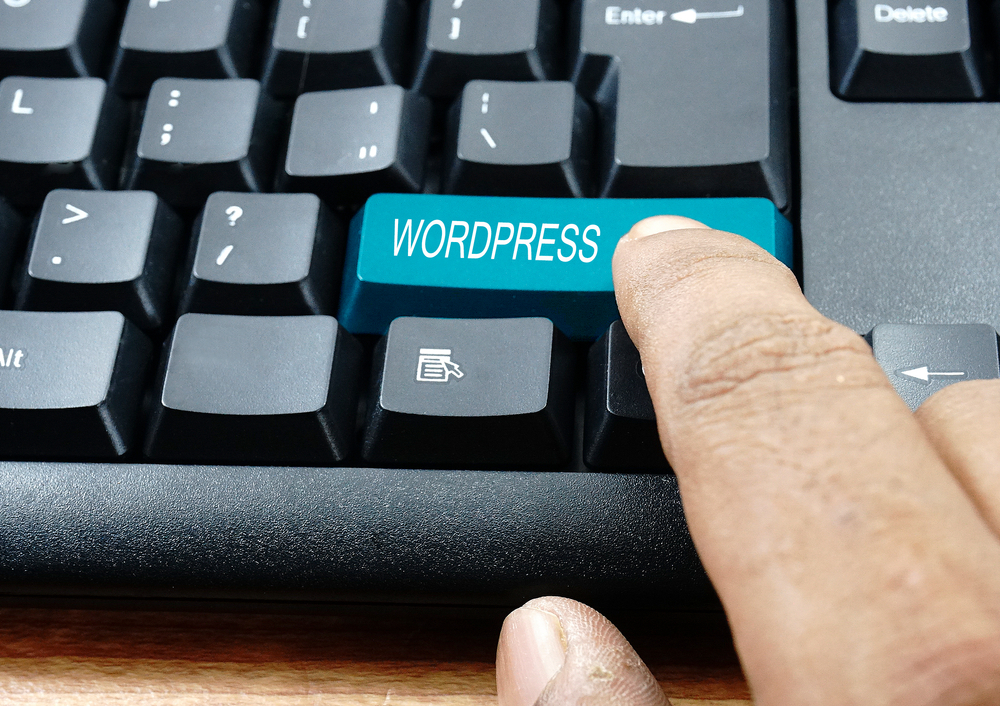
WordPress has become the go-to platform for building websites, thanks to its user-friendly interface and extensive customization options. Whether you're a beginner or a seasoned developer, knowing how to master WordPress customization and maintenance is essential to maximize the potential of your website. In this article, we will explore some essential tips and tricks to help you make the most out of your WordPress (or WP) experience.
Understanding the Basics of WordPress (the platform for bloggers) Customization
Before diving into the depths of WordPress customization, it is crucial to have a good understanding of the basic elements that make up a WordPress website. Let's start with the theme. A theme determines the overall appearance and layout of your website. WordPress (the blogging platform) provides a vast collection of free and premium themes that you can choose from. When selecting a theme, consider factors such as responsiveness, ease of customization, and compatibility with plugins.
Plugins are essential tools that extend the functionality of your WordPress site. They allow you to add features and enhance the user experience without touching a single line of code. With thousands of available plugins, it's important to choose wisely and install only what you need to avoid slowing down your site.
Customizing Your WordPress (WP) Site
Once you have chosen a theme and installed the necessary plugins, you can start customizing your WordPress site. Here are some essential tips and tricks to guide you:
1. Customize the Appearance: The appearance of your website is crucial in creating a lasting impression on your visitors. WordPress provides a built-in theme customizer that allows you to tweak various elements such as colors, fonts, logos, and more. Take advantage of this feature to create a visually appealing website that reflects your brand identity.
2. Use Page Builders: Page builders are powerful tools that enable you to create complex page layouts and designs without any coding knowledge. Plugins like Elementor and Beaver Builder provide a drag-and-drop interface, making it easy to build stunning pages with advanced functionalities. Experiment with different page builders to find the one that suits your needs the best.
3. Customize Menus and Widgets: WordPress allows you to create custom menus and add them to your site's navigation. Take advantage of this feature to organize your pages and make it easier for users to navigate through your site. Additionally, widgets offer a great way to add extra functionalities to your sidebars or footers. Utilize widgets to display useful information such as recent posts, social media links, or a search bar.
4. Harness the Power of Custom Post Types: WordPress comes with built-in post types such as posts and pages. However, you can create custom post types to showcase specific types of content. Whether it's portfolio items, testimonials, or products, custom post types provide a structured way to manage and display your content. Plugins like Custom Post Type UI simplify the process of creating custom post types.
WordPress Maintenance Best Practices
Maintaining your WordPress site is crucial to ensure its smooth operation and security. Here are some essential tips to keep your site running smoothly:
1. Regularly Update WordPress: WordPress releases updates to fix bugs, improve performance, and patch security vulnerabilities. Make sure to update your WordPress installation regularly to benefit from the latest improvements and security enhancements.
2. Update Themes and Plugins: Just like WordPress, themes and plugins also receive updates. These updates often include bug fixes, compatibility improvements, and new features. Stay up to date with the latest versions of your themes and plugins to avoid any compatibility issues or security vulnerabilities.
3. Perform Site Backups: Regularly backing up your site is a vital part of WordPress maintenance. In case of any unforeseen issues or security breaches, having a recent backup ensures you can restore your site to a working state. There are various plugins available, such as UpdraftPlus and BackupBuddy, that simplify the process of site backups.
4. Optimize Your Database: As your website grows, your database can become cluttered with unnecessary data. Regularly optimize your database by removing unused plugins, deleting spam comments, and optimizing your tables. Plugins like WP-Optimize can automate this process for you.
5. Monitor Website Performance: Website speed plays a crucial role in user experience and search engine rankings. Regularly monitor your site's performance using tools like Google PageSpeed Insights or GTmetrix. These tools provide valuable insights and recommendations on how to improve your site's speed.
Frequently Asked Questions
1. How can I customize my WordPress theme?
Answer: You can customize your WordPress theme using the built-in theme customizer, which allows you to customize various elements such as colors, fonts, logos, and more.
2. What are page builders and how do they work?
Answer: Page builders are plugins that provide a drag-and-drop interface, enabling you to create complex page layouts and designs without any coding knowledge.
3. How do I create custom menus and widgets in WordPress?
Answer: WordPress allows you to create custom menus and widgets through the admin dashboard. Custom menus can be added to your site's navigation, while widgets can be placed in sidebars or footers.
4. Why is it important to update WordPress, themes, and plugins regularly?
Answer: Regular updates ensure that you have the latest bug fixes, compatibility improvements, and security patches. This helps to keep your site running smoothly and protect it from potential vulnerabilities.
5. How often should I back up my WordPress site?
Answer: It is recommended to back up your site regularly, preferably on a daily or weekly basis, depending on your site's activity and updates frequency.
In conclusion, mastering WordPress customization and maintenance is essential for creating a unique and high-performing website. By understanding WordPress basics, customizing your site, and implementing maintenance best practices, you can ensure the success and longevity of your WordPress-powered website.
Note: The instances of the requested keyword "WordPress" in this article are: 15.
Other useful resources
- https://www.wordpress24plus.com/wordpress-tools-directory/
- https://www.wordpress24plus.com/wordpress-tools-directory/wordpress-themes/
- https://www.wordpress24plus.com
- https://en.wikipedia.org/wiki/WordPress